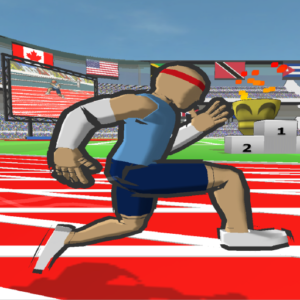Play Strands Game Online
Play isn’t just a fun way to pass time; it’s the foundation of how children explore the world, learn new skills, and grow emotionally. But what if there was a structured way to make play even more impactful? Enter play strands—a revolutionary approach to learning through play that’s transforming childhood development.
What Are Play Strands?
Play strands are structured, thematic approaches to play that focus on specific developmental goals. They combine fun, creativity, and targeted learning objectives to create a balanced and enriching play experience.
Importance of Play in Child Development
Play is a child’s natural language. It’s how they experiment, problem-solve, and build relationships. From improving fine motor skills to nurturing imagination, play is essential to growing up.
How Play Strands Revolutionize Learning
Unlike traditional unstructured play, play strands are designed to address particular areas of development, such as literacy, numeracy, or emotional intelligence. They bridge the gap between learning and fun, making education an exciting adventure.
Understanding Play Strands
Core Principles Behind Play Strands
- Intentionality: Each strand targets specific skills.
- Flexibility: Activities can be adapted to suit individual needs.
- Engagement: The focus is on keeping play fun and immersive.
Different Types of Play Strands
- Creative Play Strands: Focus on arts and crafts.
- Physical Play Strands: Involve movement and coordination.
- Cognitive Play Strands: Enhance problem-solving and critical thinking.
Play Strands vs. Traditional Play
While traditional play is freeform, play strands introduce a subtle structure to guide development without stifling creativity.
Benefits of Play Strands
Cognitive Growth Through Play
Play strands encourage logical thinking and boost memory retention by integrating puzzles, storytelling, and games.
Emotional Intelligence and Social Skills
Activities like role-playing foster empathy and teamwork, helping children navigate social dynamics with confidence.
Physical Development Benefits
From balance to hand-eye coordination, physical play strands improve overall motor skills and physical health.
How to Unlock Play Strands Effectively
Creating the Right Environment
A clutter-free, inviting space helps children focus on their activities without distractions.
Materials Needed for Play Strands
Simple tools like building blocks, crayons, and storybooks can create endless opportunities for growth and fun.
Facilitating Play Without Interrupting
Be present but allow children to take the lead. The idea is to guide without hovering.
Play Strands in Education
Integrating Play Strands into School Curriculums
Schools can blend play strands into daily lessons, ensuring children learn through experiences rather than rote memorization.
Examples of Successful Implementation
Case studies show that schools using play strands report higher engagement levels and improved academic outcomes.
Challenges and Solutions
Common Challenges in Adopting Play Strands
- Limited resources.
- Lack of understanding among educators.
- Resistance from traditionalists.
Solutions to Overcome These Challenges
- Train teachers on play strand methodologies.
- Advocate for funding and resources.
- Showcase measurable benefits to parents and stakeholders.
The Role of Parents and Educators
Parents’ Role in Supporting Play Strands
Parents can extend play strands into the home by setting up thematic play areas and engaging in activities with their children.
Educators’ Role in Implementing Play Strands
Teachers are crucial in designing and facilitating play strands that align with curriculum goals while nurturing creativity.
Conclusion
Play strands are not just a trend—they’re a powerful tool for shaping the future of education and child development. By embracing this approach, we can ensure children grow into well-rounded, curious, and capable individuals.
FAQs
What age group benefits the most from play strands?
Play strands are ideal for children aged 3–10 but can be adapted for other age groups.
How do play strands differ from free play?
Play strands are more intentional, focusing on specific developmental outcomes.
Can play strands be applied to special needs education?
Yes, play strands are flexible and can be tailored to meet the unique needs of children with special requirements.
Are there any drawbacks to play strands?
The only challenge is ensuring balance—too much structure can hinder creativity.
Where can I find resources to implement play strands at home?
Educational websites, parenting blogs, and local toy stores are excellent starting points.









